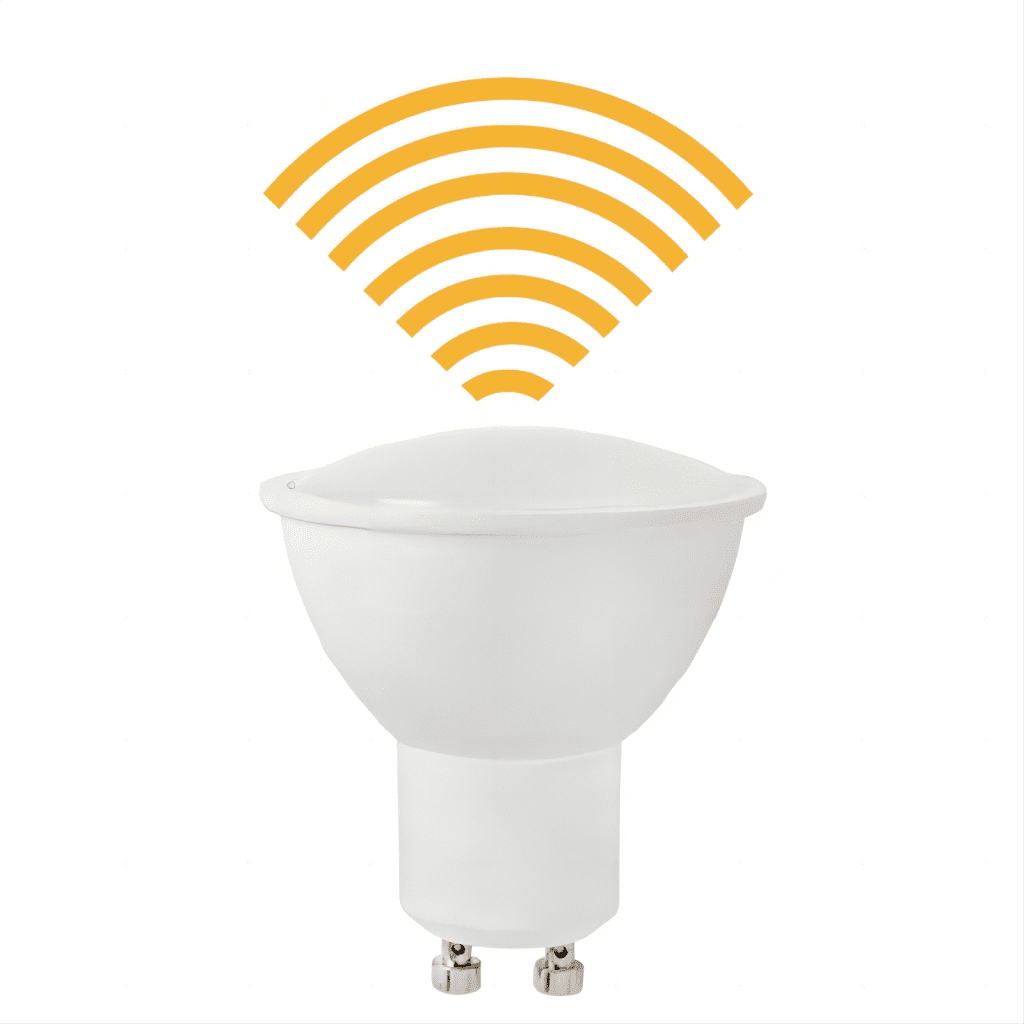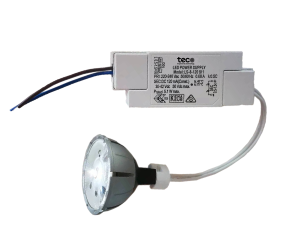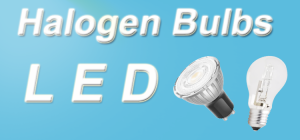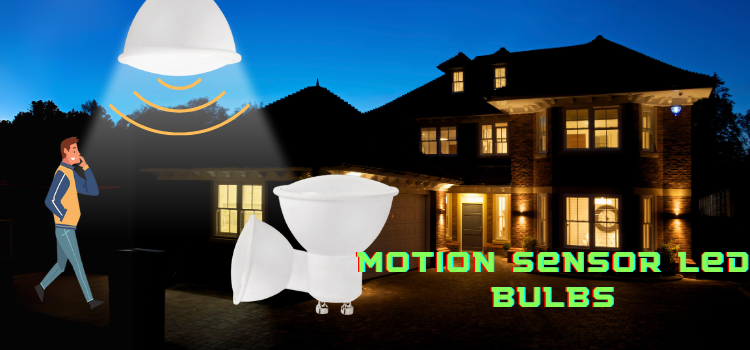
Motion sensor lights are an efficient and convenient lighting solution that automatically turn on when they detect motion within a specific range. These lights are commonly used for security purposes, energy efficiency, and convenience in both residential and commercial settings. Here’s a detailed look at how motion sensor lights work:
Types of Motion Sensors
Motion sensor lights primarily use one of the following types of technology:
- Passive Infrared (PIR): The most common type used in motion sensor lights. PIR sensors detect the infrared energy emitted by warm objects, typically people or animals. When a warm body enters the sensor’s field of view, the change in infrared energy levels triggers the light to turn on.
- Microwave (MW): These sensors emit microwave pulses and measure the reflection of these pulses off a moving object. Due to their higher sensitivity and wider detection range, microwave sensors can cover larger areas but are more prone to false alarms caused by non-human movement, such as moving trees or passing cars.
- Dual Technology: Some motion sensor lights combine both PIR and microwave sensors to minimize false alarms. The light only turns on when both types of sensors detect motion, which helps to ensure that the movement is indeed due to human activity.
How They Work
The operation of motion sensor lights involves several key components and processes:
- Sensor: The heart of a motion sensor light is the sensor itself, which detects motion based on changes in infrared energy (for PIR) or reflected microwaves (for MW).
- Control Electronics: This component processes the signal from the sensor and decides whether to turn the light on. It can be programmed with various settings, such as sensitivity (range of detection) and duration (how long the light stays on after motion is detected).
- Power Source: Motion sensor lights can be wired directly into a home’s electrical system, battery-operated, or solar-powered. The choice depends on the intended use and installation location.
- Lighting: Once motion is detected and the control electronics activate the light, the lighting component—usually LED due to its energy efficiency and long lifespan—illuminates the area.
Key Scenarios for Usage
By automating lighting based on activity, they not only provide immediate illumination when needed but also help in reducing unnecessary power consumption. Whether for residential, commercial, or public use, motion sensor LEDs can adapt to various environments, making them a practical choice for modern lighting needs.
- Home Security
Motion sensor LED bulbs are excellent for improving home security. They can be installed in outdoor areas such as driveways, garages, backyards, and walkways. When movement is detected, the lights automatically turn on, illuminating the area and deterring potential intruders. This not only helps to scare off trespassers but also alerts residents to any unusual activity. - Entryways
Installing gu10 motion sensor LED bulbs in entryways, both inside and outside the home, ensures that these areas are well-lit when someone enters or exits, eliminating the need to search for light switches in the dark. This is especially useful during the evening hours or when your hands are full, such as when you’re arriving home with groceries.
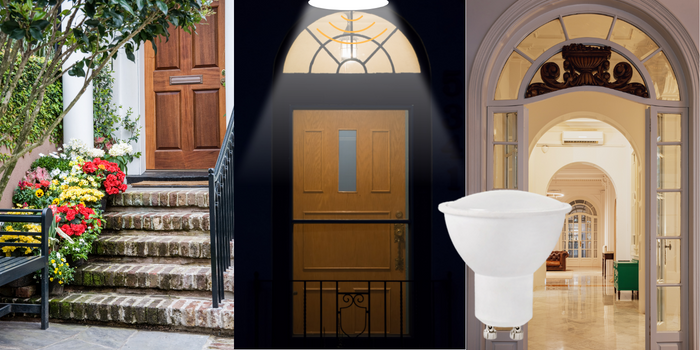
- Hallways and Staircases
In residential settings, GU10 motion sensor LEDs are ideal for hallways and staircases. They help prevent accidents by automatically lighting up when someone walks through at night. This is particularly beneficial in homes with children, the elderly, or individuals with mobility issues.
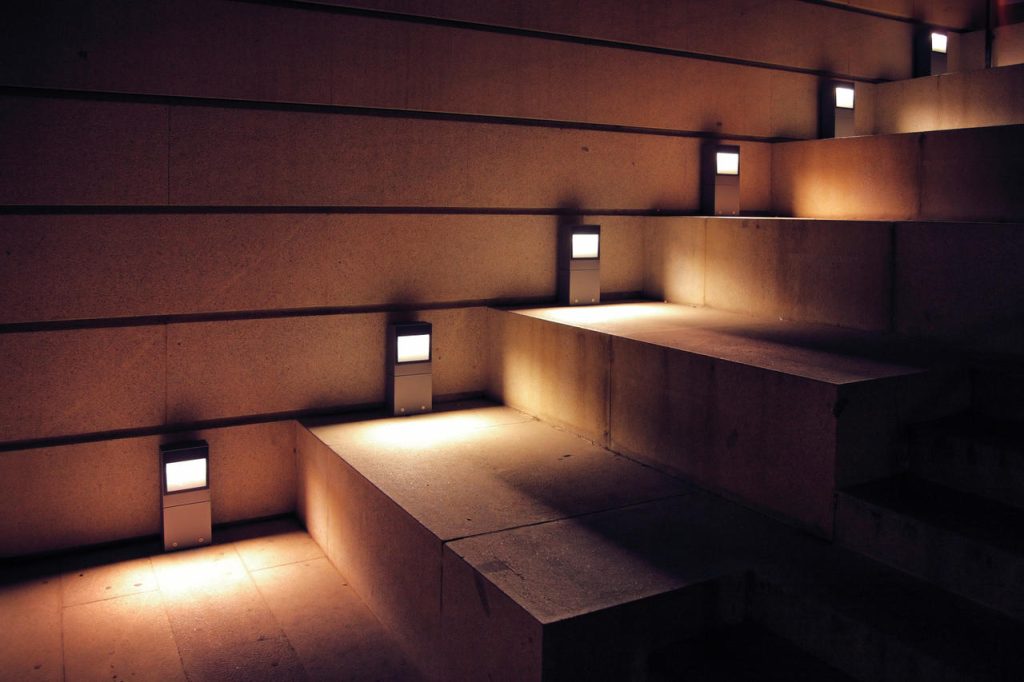
- Bathrooms Motion sensor lights in bathrooms can enhance safety by providing necessary illumination during nighttime visits. This avoids the need for bright, overhead lights which can be harsh during the night and disrupt the body’s natural sleep-wake cycle.
- Parking Lots and Public Spaces For larger public spaces, such as parking lots and public restrooms, motion sensor LED lighting can improve safety and deter crime, while also conserving energy during times when these spaces are unoccupied.
- Basements and Storage Rooms
Places that are infrequently used, like basements and storage rooms, are ideal candidates for motion sensor lighting. This ensures that the lights are not left on accidentally, which can be a common issue in these out-of-sight areas.
Conclusion
Motion sensor LED bulbs are an innovative solution that combines safety, convenience, and energy efficiency. Suitable for a wide range of applications—from enhancing home security to conserving energy in large commercial buildings—these bulbs are designed to meet the dynamic needs of modern lighting environments. By integrating motion sensor technology, households and businesses alike can enjoy a safer, more efficient, and cost-effective lighting experience. Whether for personal or professional use, motion sensor LEDs are a smart investment towards a sustainable and secure future.
